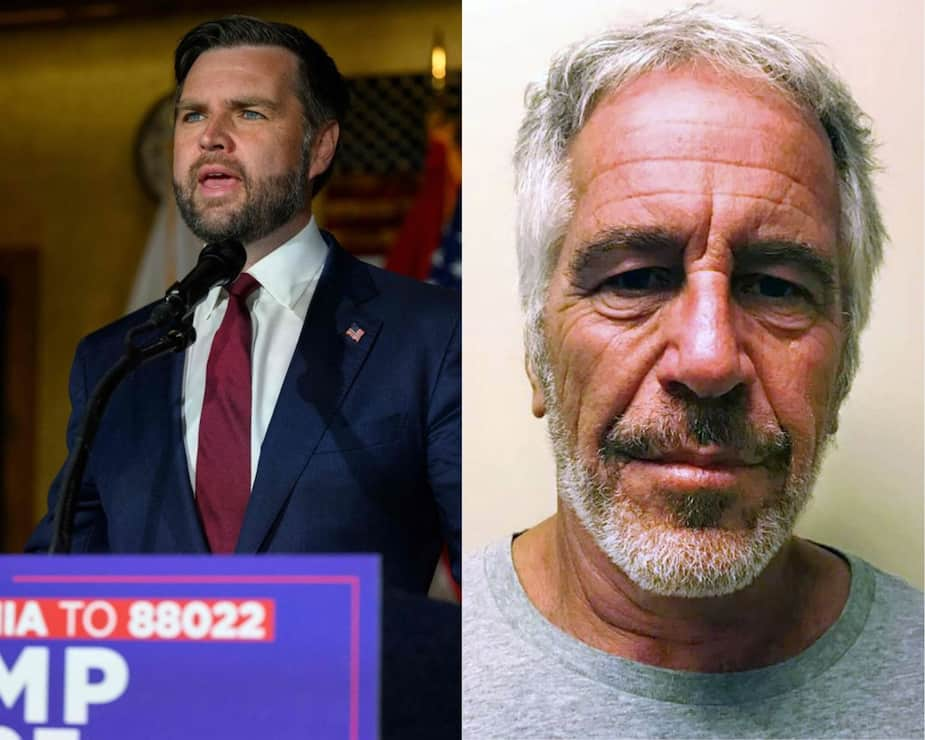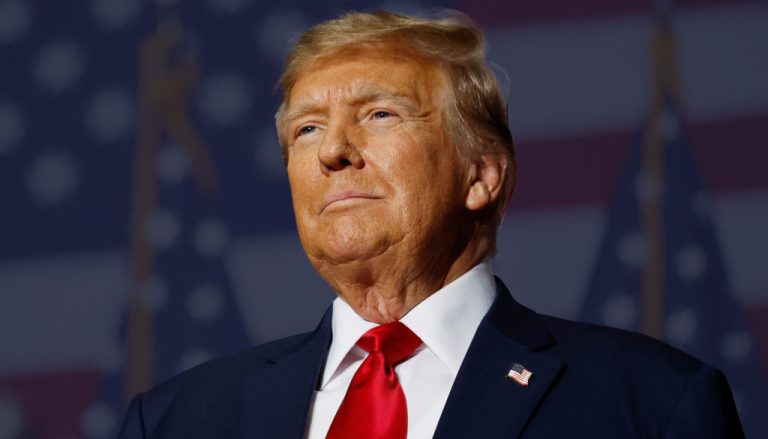Government Transparency and the Epstein Document Controversy: Analyzing Administrative Response and Media Accountability
The intersection of government transparency, legal procedure, and political accountability has come under intense scrutiny following Vice President JD Vance’s recent defense of the Trump administration’s approach to sensitive document releases. His comments, made during a press conference in Canton, Ohio, address growing public pressure for disclosure of materials related to high-profile legal cases while highlighting the complex procedural requirements governing such releases.
The Administrative Position on Document Disclosure
Vance’s Defense of Transparency Policies
Vice President Vance’s public statements emphasize the administration’s commitment to openness while acknowledging the time-intensive nature of proper legal review processes. “The president has been very clear. We’re not shielding anything,” Vance stated, addressing criticism about document release timelines. “He’s been incredibly transparent about that stuff, but some of that stuff takes time.”
This explanation reflects the complex legal framework governing sensitive document disclosure, particularly materials related to ongoing investigations, grand jury proceedings, and court-sealed evidence. The administration’s position suggests that thoroughness in legal review serves both transparency goals and constitutional protection requirements.
The systematic approach to government document release involves multiple review stages, including legal analysis for potential privacy violations, coordination with judicial authorities, and assessment of impact on ongoing investigations. These procedural requirements serve critical functions in protecting individual rights while ensuring that releases comply with established legal standards.
Legal Framework and Constitutional Considerations
Federal document disclosure operates within intricate legal frameworks designed to balance public access rights against privacy protections and judicial oversight requirements. Grand jury materials, in particular, are subject to strict confidentiality rules under Federal Rule of Criminal Procedure 6(e), which requires judicial approval for most releases.
The administration has reportedly made formal requests to federal judges for unsealing certain materials, demonstrating engagement with proper constitutional channels rather than unilateral disclosure decisions. This approach reflects understanding of separation of powers principles and judicial branch authority over sealed court materials.
Constitutional considerations also include Fourth Amendment privacy protections and Fifth Amendment due process requirements, particularly when documents relate to individuals who may not have been formally charged with crimes. Balancing these protections with transparency obligations requires careful legal analysis and systematic review procedures.
Political Dynamics and Media Criticism
Allegations of Selective Media Coverage
A significant aspect of Vance’s defense involved criticism of media coverage patterns surrounding high-profile legal cases. His observation that “for four years, under Joe Biden’s Department of Justice, the media didn’t give a damn about the Epstein files or about the Epstein case” highlights perceived inconsistencies in journalistic attention based on political timing.
This critique raises important questions about media accountability and the factors influencing news coverage priorities. The suggestion that media interest in sensitive legal documents fluctuates based on which administration holds power points to broader concerns about journalistic objectivity and institutional oversight consistency.
The relationship between media coverage and public policy outcomes creates significant implications for democratic governance. When news organizations prioritize certain investigations while minimizing others based on political considerations, public understanding of institutional performance may become distorted, potentially affecting accountability mechanisms.

Emily Johnson is a critically acclaimed essayist and novelist known for her thought-provoking works centered on feminism, women’s rights, and modern relationships. Born and raised in Portland, Oregon, Emily grew up with a deep love of books, often spending her afternoons at her local library. She went on to study literature and gender studies at UCLA, where she became deeply involved in activism and began publishing essays in campus journals. Her debut essay collection, Voices Unbound, struck a chord with readers nationwide for its fearless exploration of gender dynamics, identity, and the challenges faced by women in contemporary society. Emily later transitioned into fiction, writing novels that balance compelling storytelling with social commentary. Her protagonists are often strong, multidimensional women navigating love, ambition, and the struggles of everyday life, making her a favorite among readers who crave authentic, relatable narratives. Critics praise her ability to merge personal intimacy with universal themes. Off the page, Emily is an advocate for women in publishing, leading workshops that encourage young female writers to embrace their voices. She lives in Seattle with her partner and two rescue cats, where she continues to write, teach, and inspire a new generation of storytellers.









